Weapon of one of Theros’s Gods has more than 3 lines of rules text. As a result it creates a lot of questions. Let’s try to make it all clear.
Whip of Erebos’ mana cost contains black mana symbols. In its type line we notice two card types: Artifact and Enchantment, and a supertype — Legendary. It means that:
- Whip is black;
- Whip is affected by any effects that generally affect Artifacts and/or Enchantments.
- Whip is affected by the “Legend rule”
Whip of Erebos has two abilities. One is static, the other is activated.
Static abilities only functions if Whip of Erebos is on the battlefield. Its effect grants all creatures under your control a Lifelink static ability.
To understand the second ability, lets read its text carefully:
{2BB}, {TAP}: Return target creature card from your graveyard to the battlefield. It gains haste. Exile it at the beginning of the next end step. If it would leave the battlefield, exile it instead of putting it anywhere else. Activate this ability only any time you could cast a sorcery.
Normally, the activated abilities can be activated at any time its controller has priority. Whip of Erebos has its own activation restriction. “Activate this ability only any time you could cast a sorcery”. This means that a player can only activate it during his or her main phase and only if the stack is empty. Right, don’t forget that that player should also have priority! These abilities are said to be activated on a sorcery speed. This might cause some confusion due to the effects that allow you to cast something on "the instant speed", such as Leyline of Anticipation.
The truth is that neither “at the speed of sorcery” nor “at the speed of instant” have nothing to do with your actual ability to cast Instant or Sorcery cards within current game state.
These two phrases mean:
- “at the speed of sorcery” = “during your main phase, when the stack is empty and you have priority”;
- “at the speed of instant” = “at any time you have priority”.
So, we can only activate Whip Of Erebos when the stack is empty and we have priority during one of our main phases. This also means that the whip cannot be activated in responce to something that uses stack, for example, when your cunning opponent wants to shred your graveyard (Extirpate).
There is a tap symbol in the activation cost of this ability, but as in a “vaccum” game state Whip of Erebos isn’t a creature, it is not affected by “summoning sickness”. If you have means to untap it, nothing can prevent you from activating the same ability again, of course, you should have enough mana to pay for it and a suitable target.
A suitable target is a creature card in your graveyard. This means that:
- you can only return a card with a creature card type
- if an effect prevents the cards from entering the battlefield from the graveyard (Gravedigger’s Cage), the Whip’s ability can still resolve, but will have no effect.
- it is unimportant if a card has other card type too (Boon Satyr, Dryad Arbor)
- you may only return cards from your own graveyard
- an opponent can’t play dirty tricks like Reroute to make us put a useless creature card from his graveyard. If an effect would try to change a target to an illegal one, it does nothing. A legal target for the Whip’s ability is only the creature card in your graveyard.
Protection from black/Enchantments/Artifacts or anything else does not work from the graveyard.
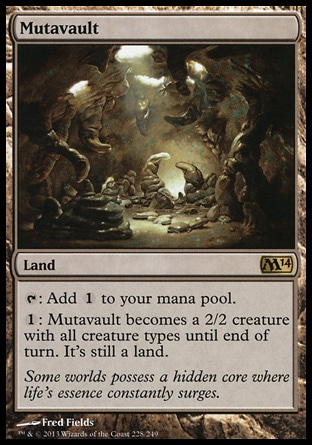
Mutavault cannot be targeted by Whip of Erebos’s ability, because it is not a creature card.
Regardless of your devotion to blue, Thassa, God of the Sea in the graveyard is a creature card.
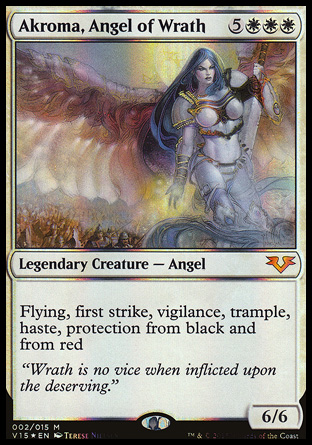
Akroma can be returned from the graveyard, because her Protection abilities only work on the battlefield.
When the Whip’s ability resolves the following events take place:
- the target card is put on the battlefield under your control;
- the resulting permanent gains Haste;
- A delayed triggered ability is generated. This ability triggers at the beginning of the next (the soonest) end step.
- If that trigger gets countered (Disallow) or removed from the stack ( Time Stop), it will never trigger again.
- If you happen to skip your next end step (Sundial of the Infinite), the delayed trigger will still wait patiently for the next end step that actually takes place.
- This triggered ability is not a permanent’s ability, it exists on its own.
- This ability tracks the object regardless of its characteristics. If the creature gets turned into a dummy (Turn to Frog), the triggered ability will still find it.
- if the object has changed the zone, the game defines it as a brand new object and the triggered ability can’t find it. It will trigger and resolve without the effect.
This kind of situation will be rather rare, because of the next event:
- A replacement effect is created that tracks the movement of the permanent between the zones. If it moves from the battlefield to any zone except the exile, it is exiled instead.
- The object is exiled immediately: it never appears in library, graveyard or hand. This means that abilities that trigger when a permanent is moved to the listed zones do not trigger at all!
- If the object is moved into the exile zone, Whip’s effect is cool with that.
- This replacement effect has no duration! Even if you managed to get rid of the delayed trigger, once the permanent leaves the battlefield, it is exiled.
- And again, if the object made a brief appearance in the exile and then returned, it is no longer affected by this effect.
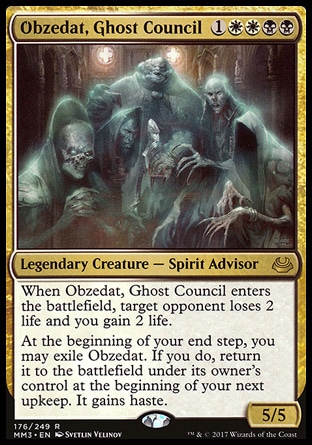
If you return Obzedat, Ghost Council from the graveyard with Whip of Erebos, at the beginning of the end step two abilities will trigger. If Obzedat’s ability gets to resolve first, the Ghost Council will be exiled. Whip of Erebos’s effect ignores this event, because the card is moved directly to the exile.
At the beginning of your next upkeep Obzedat’s delayed ability triggers. When it resolves, Obzedat returns under the owner’s control. Whip of Erebos effects no longer can track it, because it is now a new object.
And finally, if a player managed to miss the delayed triggered ability and the creature returned with the Whip of Erebos remained on the battlefield, he or she should point it out as soon as it is noticed and call a judge. As a common fix for this kind of a situation the opponent will have to choose if the ability resolves immediately now or at the beginning of the next phase when the player receives priority.
- ⇑ If both triggered abilities are controlled by the same player, he or she chooses the order they are put on the stack. If the abilities are controlled by different players, the players put them on the stack in the APNAP order.
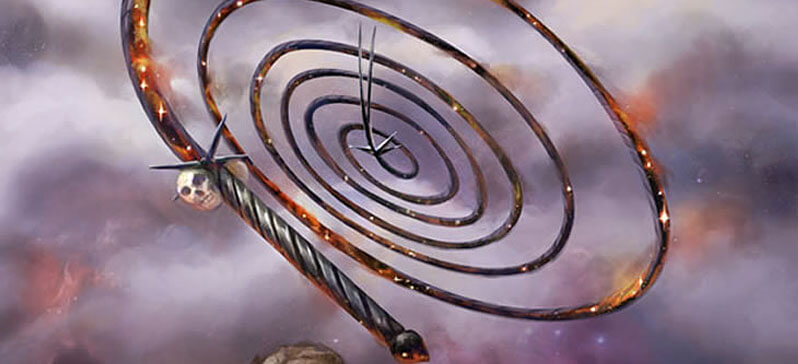
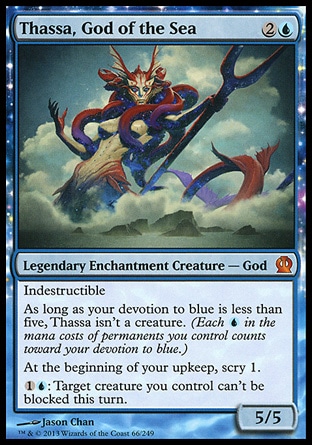
Oracle Text:
Legendary Enchantment Artifact
Creatures you control have lifelink.
{2}{B}{B}, {T}: Return target creature card from your graveyard to the battlefield. It gains haste. Exile it at the beginning of the next end step. If it would leave the battlefield, exile it instead of putting it anywhere else. Activate this ability only any time you could cast a sorcery.